Real estate: perennially out of the limelight, but consistent outperformer
Over the course of a year, we attend dozens of presentations put on by institutional strategists, economists, and portfolio managers. These sessions are valuable as they add to our body of knowledge and help to compare our own market views with other market participants. A comment from a well-respected portfolio manager at a recent gathering contrasted significantly from our own beliefs. The portfolio manager asserted that the real estate sector of the stock market (namely Real Estate Investment Trusts) was historically one of the worst from a performance perspective. With many real estate entities currently in our managed portfolio program, and our long-standing view that real estate was a unique and important asset class, we set out to explore the facts.
Using traditional media appearances as a gauge, the real estate sector is about as interesting as watching the proverbial grass to grow. This is because there are rarely any surprises worthy of front-page coverage. Diversified property portfolios (either geographically, by sub-sector, or both), predictable lease payments, conservative balance sheets, professional management, and relatively stable distributions are key attributes of the sector. These features collectively mitigate risks and contribute to the sector’s boring reputation. The real estate sector’s short- and long-term performance, however, hasn’t been dull especially when compared with the overall Canadian equity market. As presented in exhibit 1, the real estate sector has consistently outperformed the TSX Composite on a total return basis over various measurement periods. Over the past 15 years, the real estate sector has generated an annualized total return of 10.3% versus the TSX Composite’s 7.2%, with a similar degree of volatility (as measured by standard deviation). It is also noteworthy that over longer periods of time, cumulative distribution income has accounted for most of the real estate sector’s total return. The sector may not garner much attention but has demonstrated its qualities where it matters most: superior risk-adjusted returns.

The real estate sector plays a dominant role in our managed portfolio
Real estate is currently the most heavily weighted sector within our primary managed portfolio. We‘ve been gradually adding exposure to this sector as we reduce cyclical equity exposure elsewhere in the portfolio. With several real estate subsectors to select from (e.g. residential, office, industrial, retail, lodging), our exposure is concentrated in various forms of residential real estate, which has historically been the most stable segment within the real estate sector. Below is a summary of some of our current real estate holdings:
Chartwell Retirement Residences (CSH.un)
- With over 200 properties across four provinces (ON, QC, BC, AB), Chartwell is Canada’s largest owner/operator of seniors housing. Independent and assisted living, which is private-pay and less regulated relative to government-funded long-term care, represents 85% of Chartwell’s portfolio.
Boardwalk REIT (BEI.un)
- Based in Alberta, Boardwalk’s portfolio is comprised of over 200 multi-family residential properties containing more than 33,000 suites, with concentrations in Alberta, Saskatchewan, Ontario, and Quebec.
Tricon Capital Group (TCN)
- Tricon is a residential real estate company primarily focused on rental housing in North America, with approximately $9 billion of assets under management. Tricon invests in a portfolio of single-family rental homes, multi-family rental apartments and for-sale housing assets, and manages third-party capital in connection with its investments. Assets under management includes properties owned directly by Tricon and capital managed on behalf of third-party investors where Tricon collects management fees.
Brookfield Property Partners (BPY.un)
- With over 100 million square feet of leasable area, BPY is a diversified global real estate company that owns, operates and develops one of the largest portfolios of office, retail, multifamily, industrial, hospitality, triple net lease, self-storage, student housing and manufactured housing assets. Class A office is Brookfield’s largest segment, with concentrated holdings in many of the world’s major metropolitan cities including New York, Los Angeles, London, Berlin, Sydney, and Toronto.
